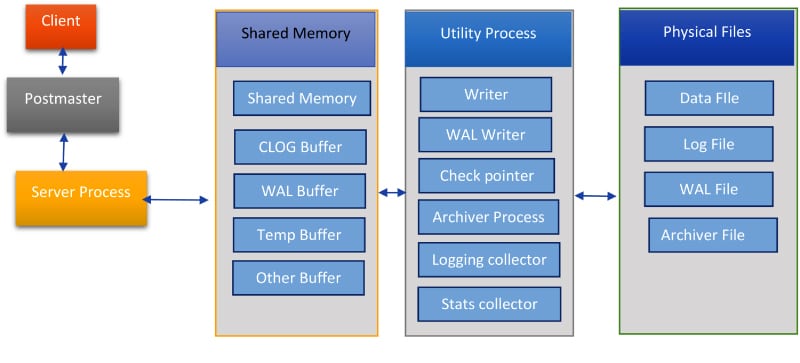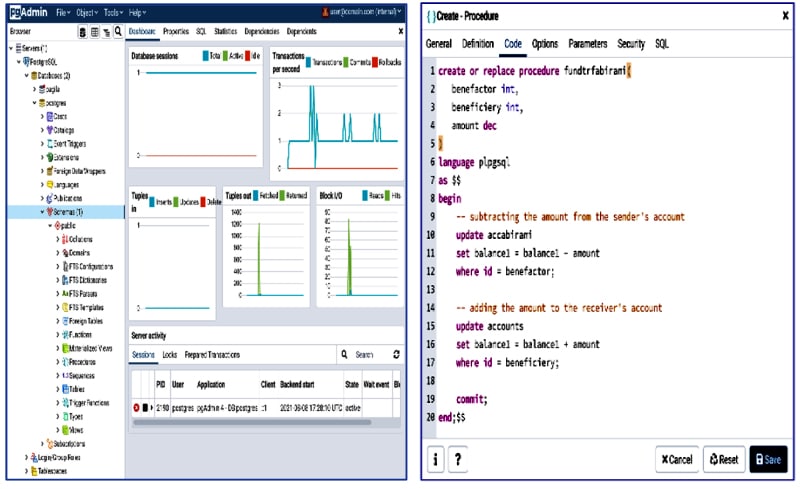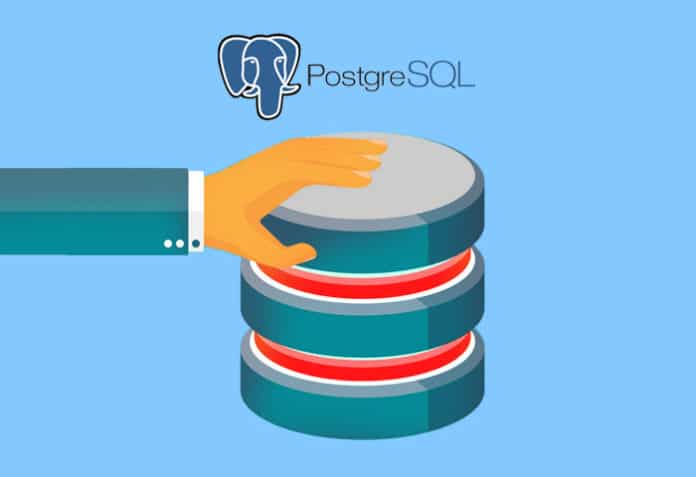‘Data is the new oil’ is passé. The most recent cliché is ‘Data is water’. More and more organisations are in a race against time to extract insights from their data to provide better value propositions to their customers so as to increase stakeholder value. It thus becomes imperative to choose the right OLTP and OLAP database and storage to enable faster time to market for the developer community. This article focuses on five major advantages of PostgreSQL.
Incubated in the University of California just about three decades ago, PostgreSQL, the open source relational database management system, has become a household name among database developers and administrators. The name Postgres comes from the project name under which it was built — Ingres DBMS (Ingres being an abbreviation for INteractive Graphics REtrieval System). It was eventually renamed Postgres. Postgres is mostly qualified as an object relational database management system (ORDBMS) comprising a relational database (RDBMS) and an object-oriented database (OODBMS) allowing inheritance. ORDBMS has a feature that allows developers to build and innovate their own data types and methods, which can be applied to the DBMS. The intention is to allow developers to increase the abstraction with which they view the problem area.

Advantage 1: Three decades of popularity, illustrating the steadfastness of the platform
A quick look at the evolution of PostgreSQL provides several insights into the future of this formidable open source platform, namely:
- A strong roadmap shows stability of the platform
- Rapid innovation in this platform is proof of its adoption
- Its wide range of features showcase its versatility
Some of the notable features include:
- A benchmarking application to carry out various types of performance tests against PostgreSQL.
In version 7.4: - A simple utility program removes any ‘orphaned’ large objects from a PostgreSQL database released as part of version 8.3. This version upwards also provides various cryptographic functions.
- A library to support regression testing of the SECURITY LABEL statement as part of version 9.1.
With the coming of Version 14, which is available for download, one can look out for advanced features such as:
- Maximum parallel worker increase
- Advanced security features
- Performance insights
- Memory lock-ins

Advantage 2: Continuous feature addition, exhibiting innovation at the core
The rapid growth and stability of this platform has made it not just the favourite community for starter kits but also a popular choice in enterprise scale solutions. The versatility of this RDBMS is incomparable in the open source space. PostgreSQL is versatile not only because of its ability to store structured and semi-structured data such as XML and JSON, but also because it provides an ideal platform for OLTP and OLAP workloads. It provides traditional row level and columnar features, parallel processing to scale, and portability across operating systems.
Postgres has some unique features:
- Non-blocking indexed or hot indexing, which allows index creation while working with tables
- Multi-version concurrency control (MVCC), enabling parallelisation of queries and taking peak advantages of cores
- Partial index, facilitating index creation on the subset of a column
- Support for storage and retrieval of a wide range of objects — for example, large objects, time range, JSONB, and XML
Notably, PostgreSQL with the PostGIS extension supports geospatial databases for geographic information systems (GIS).

Advantage 3: Versatility of Postgres creates gluiness to one platform to achieve multiple objectives
Each memory and process has a unique function. For example:
- Shared buffer helps to allocate dedicated memory to databases
- WAL (write-ahead log) buffer allows temporary storage of changes in database
- Work memory allows specific memory allocation per client connection
- Maintenance memory for operations such as analyse, alter index creation
- Writing WAL and flushing WAL data to physical files
- Archiver that copies WAL log to physical archiver file
- Checkpointer writing a dirty page to disk
All these processes help the Postgres platform operate efficiently.
Advantage 4: Coordination between memory, utility process and physical file ensures redundancy, availability and high performance
Postgres is often criticised for the crudeness of its UI control, which makes it heavily scripted for administration and development. However, this challenge is also overcome by Postgres with the help of PgAdmin, which is a feature-rich platform enabling ease of administration and development, and PgAgent, which aids UI based scheduling and monitoring.
The data types supported by Postgres exceed what any RDBMS can offer. To name a few: numeric, monetary, binary, date time, Boolean, enumerated, geometric, network address, bit string, UID for unique identifier, XML, JSON, array, composite, range, object identifier and pseudo. These are categories of data types within which multiple data types are offered.
Standard and non-standard procedural languages provided by this platform include PL/PgSql, PL/Python, PL/Java, PL/JavaScript, PL/Perl, PL/UNIX like Sh, PL/Ruby, PL/R, PL/PHP, PL/Parrot, PL/OpenCL (for GPU enabled functions), and a dozen others.
The platform supports simple querying, CRUD (create, read, update, delete) as well as complex analytics. A strong community backing, which constantly endeavours to enhance and support the platform, gives the encouragement that developers and administrators need to invest more energy in building their solutions on it.
Microsoft Azure, too, has come up with managed Postgres, which takes away the administrative overhead, while offering enterprises scale.
Advantage 5: Great interface, wide ranging features and a strong community
More and more institutions are embracing Postgres for its friendly interface, versatile features and great community, making it an easy inclusion in enterprise scale architecture.
The above advantages are only illustrative of the range of offerings this platform has, but they do indicate why PostgreSQL is looked upon as the most advanced open source database.




